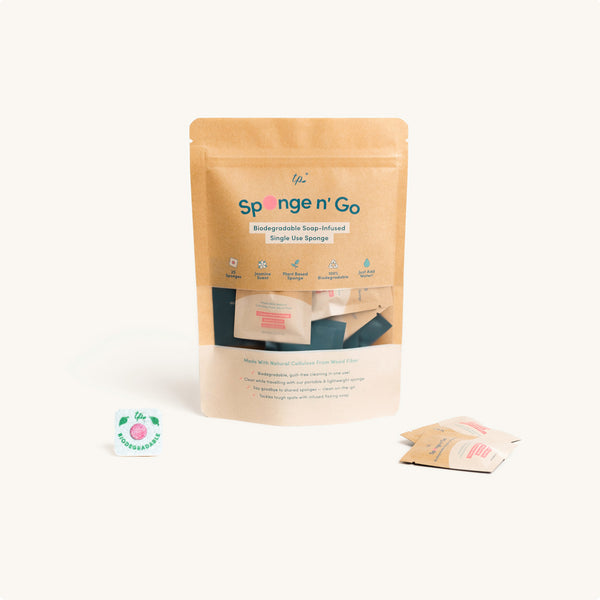Welcome to the first installment of our produce storage series! We all know that storing produce properly can help it last longer and taste better, but do you know the best practices for doing so? We've got you covered with some tips and tricks to help you keep your fruits and veggies fresh and delicious.
1: Keep it dry
Moisture can lead to mold and spoilage, so it's important to keep your produce as dry as possible. Make sure to pat it dry before storing it in the fridge, and avoid washing until you're ready to use it
2: Store in the right place
Not all produce should be stored in the fridge. Items like bananas, tomatoes, and avocados should be kept at room temperature. Meanwhile, leafy greens and berries should be stored in the fridge's crisper drawer.
3: Don't overcrowd
Overcrowding can lead to bruising and spoilage, so make sure to give your produce some breathing room. If you have a lot of items to store, consider investing in some stacking produce bins to maximize space.
4: Use the right storage containers
Plastic bags and containers can trap moisture and lead to spoilage. Consider investing in some eco-friendly alternatives like Two Pillars' ZipBag®. Made from durable silicone, these reusable bags are perfect for storing fresh produce and keeping it crisp.
5: Keep an eye on it
Check on your produce regularly and remove any items that are starting to spoil. This will help prevent the spread of mold and bacteria to other items.
And there you have it, some best practices for storing your produce! Stay tuned for our next installment where we'll be discussing long-lasting storage options. And don't forget to check out Two Pillars' eco-friendly kitchen products, like the Duo Cover® and UniLid®, to help make your food storage even easier.
Links to Two Pillars products mentioned in this post:



